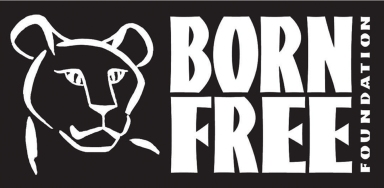
Voting Ages across the World-
The common minimum voting age in countries around the world is eighteen years old, there are some who allow citizens younger than eighteen. Some countries that allow seventeen years old to vote are East Timor, Indonesia, North Korea, South Sudan and Sudan. Some countries that allow sixteen-year-olds to vote are Argentina, Austria, Brazil, Cuba, Ecuador, and Nicaragua. In the United States, there are nineteen states that allow seventeen-year-olds to vote these states are Alaska, Connecticut, Hawaii, Illinois, Indiana, Iowa, Kansas, Kentucky, Maine, Maryland, Mississippi, Nebraska, North Dakota, Ohio, Oregon, Virginia, Vermont, and Washington.
Pros-
It will help increase voter turnout-
Voting is a persistent act; people who decided to vote in an election are more probable to vote in other ones. Decreasing the voting age will create new voters who are more likely to be staying in the place they are and not going off to college or leaving their families. People under 18 tend to have stronger roots in their community, often having lived in the same area for many years and established connections to their school, family and friends, and other community groups. This gives them an awareness and appreciation of local issues.
Young people have adult responsibilities, but are denied the same rights-
People under the age of 18 are contributing and active members of society. Many being volunteers in their community and being employed.
Young people are expected to follow the law, but don’t have a choice in making them-
Minors are expected to follow laws but if they don’t abide by them they may receive adult consequences. In every state, there is a possibility that a case can be moved from a juvenile court to an adult criminal court. In some states, any crime committed by a sixteen and/or seventeen years old is automatically switched.
For more information:
http://www.youthrights.org/issues/voting-age/top-ten-reasons-to-lower-the-voting-age/
https://connectusfund.org/5-prominent-pros-and-cons-of-lowering-the-voting-age



